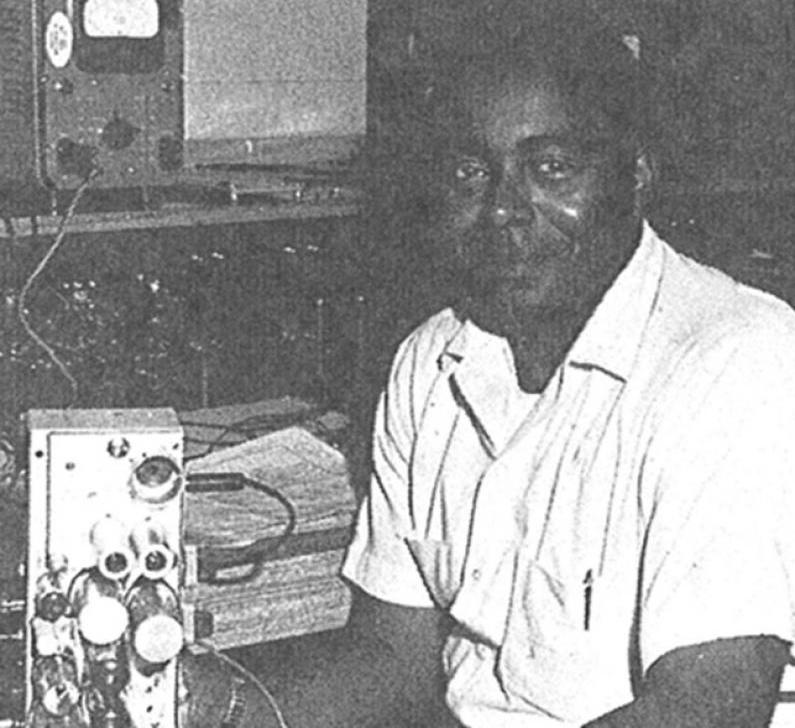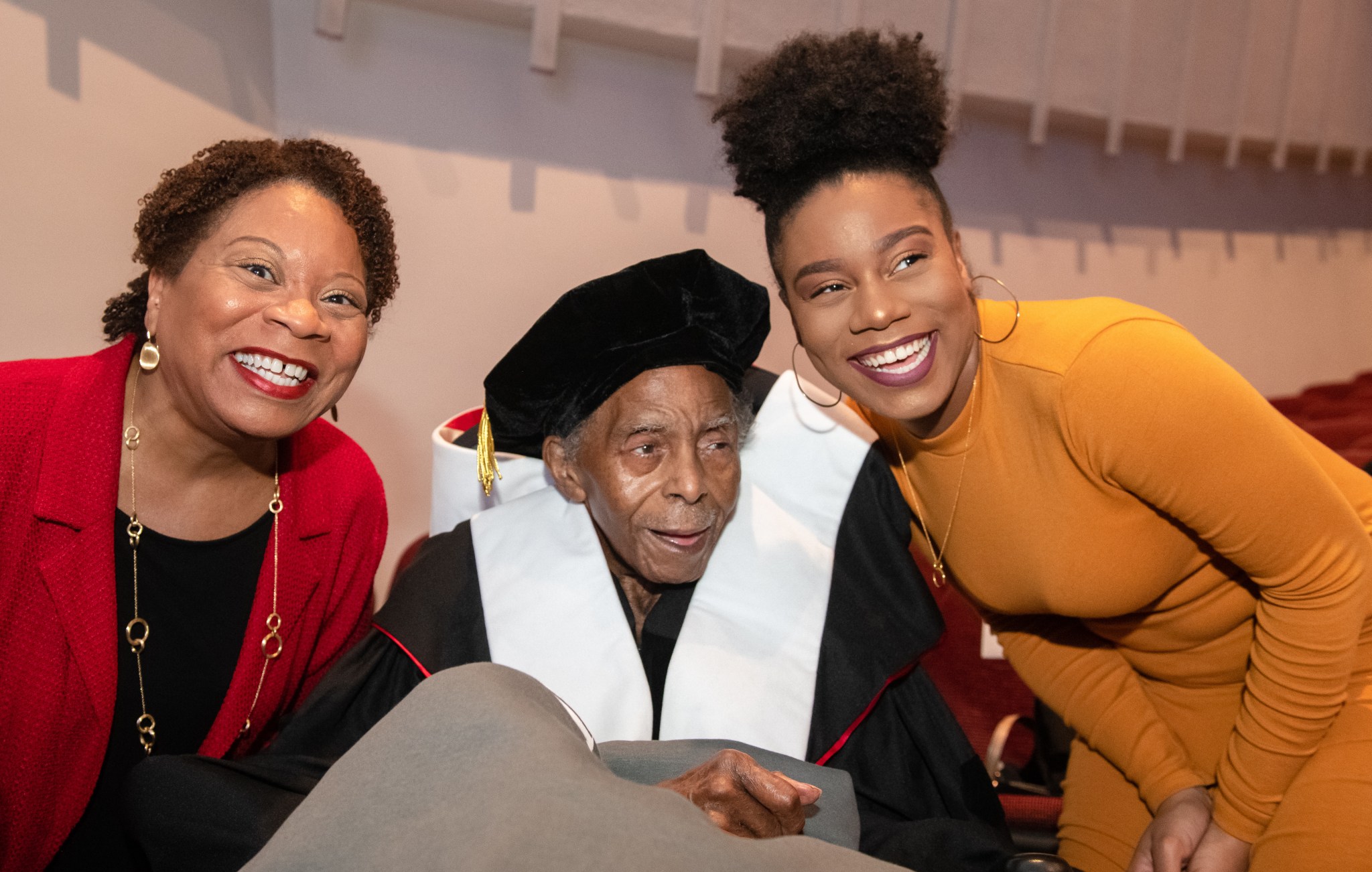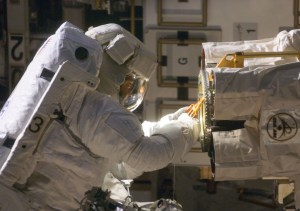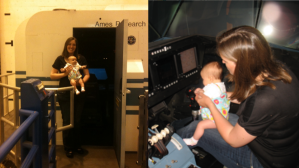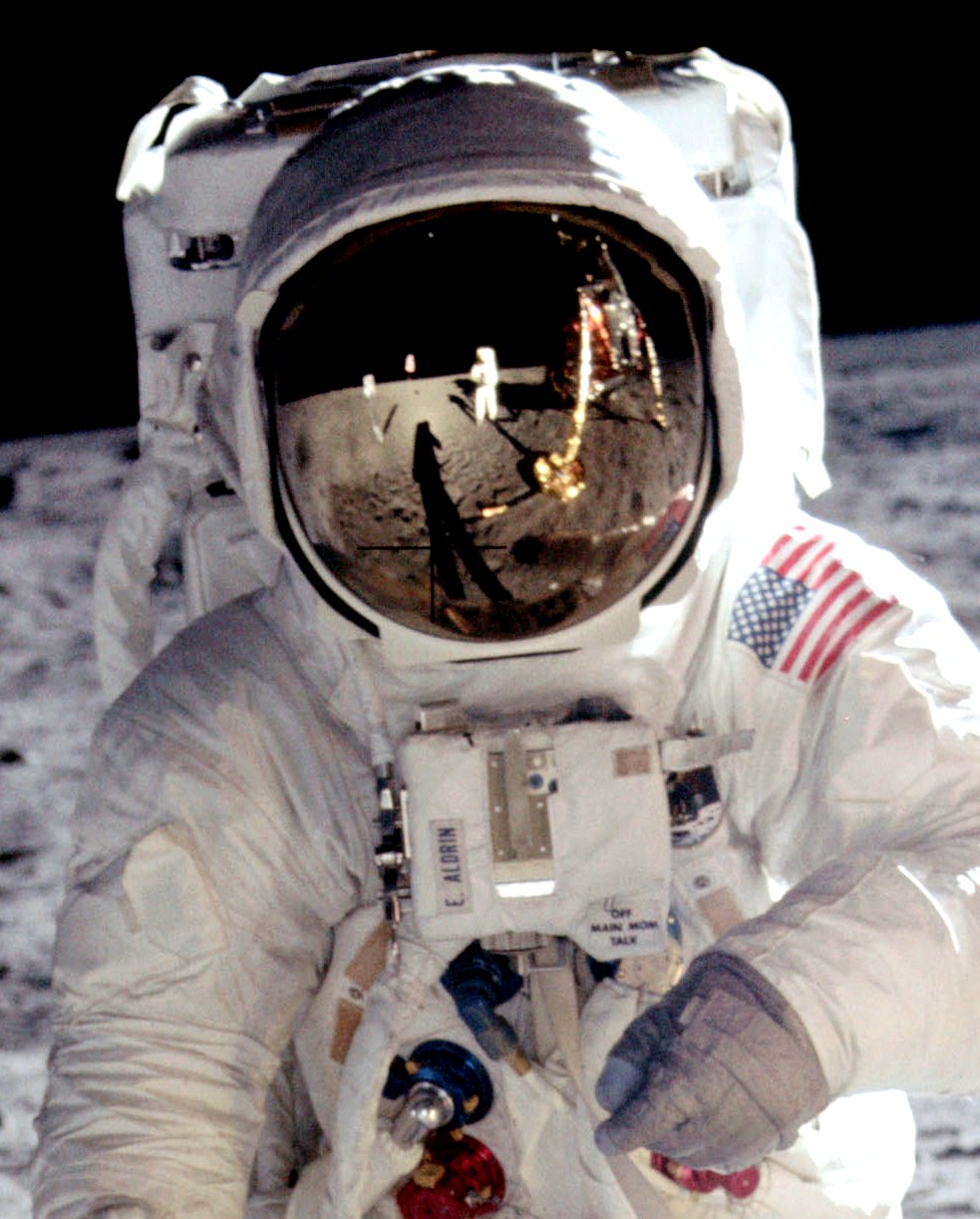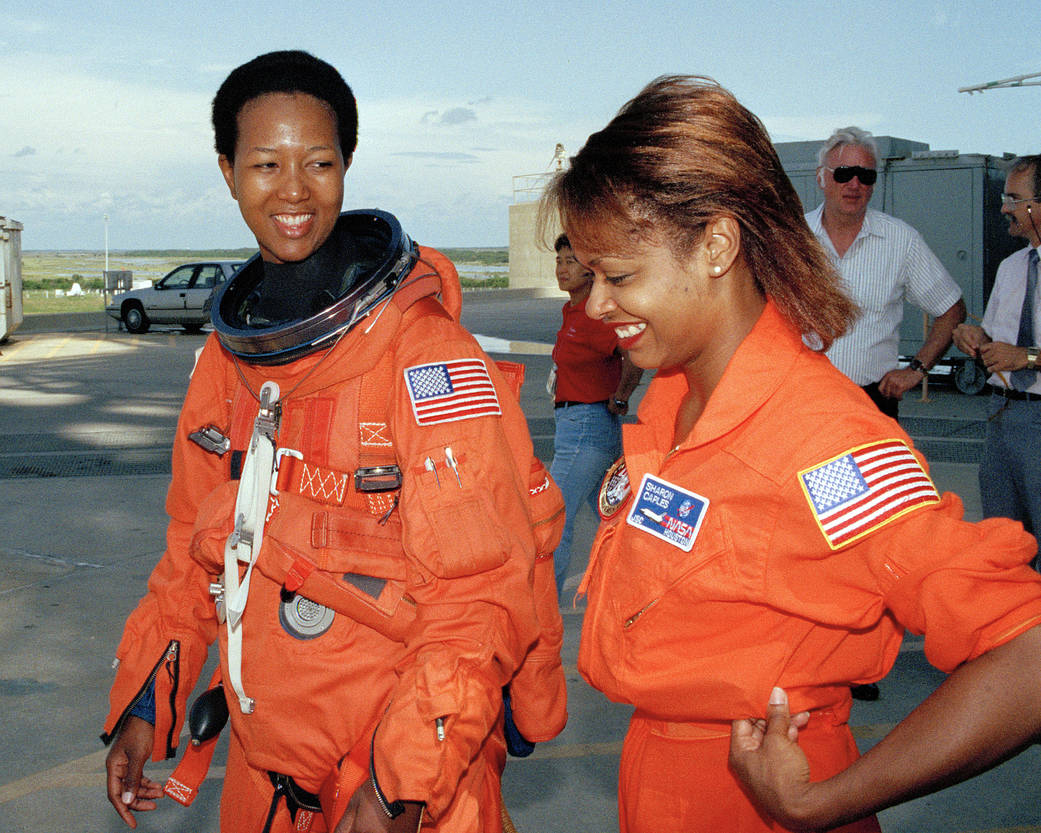African Americans in the 1950s overcame many obstacles in the struggle for equality as the United States grappled with a complicated legacy of segregation, discrimination, and racism. Sacrifices both big and small, from thousands of barrier-breaking individuals, helped pave the way forward.
Among those who overcame adversity was Julius Montgomery, the first African American to be hired at the Cape Canaveral Air Force station to work as a technical professional. NASA was established in 1958; before that, much of the research and development that laid the groundwork for the U.S. space program was done at military installations like Cape Canaveral.
Montgomery graduated Tuskegee Institute, now known as Tuskegee University, with a bachelor’s degree in 1951. Shortly after, he enlisted in the United States Air Force and obtained a first-class radio license during his four and a half years of service. He then worked as a radio station engineer in Mobile, Alabama.
After identifying a potential avenue for building a career, Montgomery had hoped to earn $100 per week. High-paying jobs were extremely rare for African American professionals in Alabama. Montgomery applied for a position as an electronics technician at Cape Canaveral Air Force Station in Florida.
He passed the entrance exam, got the job, and moved to Florida in 1956. His starting salary was $96 per week.
Overcoming Racism
At the time Montgomery was hired, racism was deeply prevalent in central Florida. As was the case with many places of employment around the country, African Americans at Cape Canaveral had only been hired in non-technical positions, like custodial work.
Montgomery’s first day at Cape Canaveral was not easy. To say that he did not receive a warm welcome would be an understatement.
As he recalled later, he introduced himself to a long line of his new white coworkers. Most refused to acknowledge him.
“Nobody would shake my hand,” he said.
Despite the negative reception, Montgomery remained on the team, often relying on his bold sense of humor to defuse tensions with coworkers. Though he would continue to face both casual and overt racism for many years, his presence undoubtedly opened the door for more employees of color to join the space program in the future.
“Range Rats”
Montgomery was a part of a team that did repair work on malfunctioning ballistic missiles at Cape Canaveral.
After test missiles were fired, these technicians, called “range rats,” would travel across the testing range to the wreckage site, examine the missile wreckage, figure out what went wrong, and then repair whatever electronic systems they could. Range rats also spent time at sea, performing maintenance on satellite equipment and monitoring the airspace for activity from the Soviet Union.
In addition, Montgomery’s team developed circuits for the missiles and rockets tested at Cape Canaveral. Much of their work was custom-built, as the hardware configurations used in the new ballistic technologies were not commercially available.
Integrating Brevard Engineering College
Although Montgomery’s presence opened the door for other African American and non-white employees to join the fledgling space program, there were still barriers to overcome.
In 1958, Montgomery signed up for classes at Brevard Engineering College along with many other engineers and technicians who worked at Cape Canaveral Air Force station. Brevard was an entirely new learning institution; it was established by senior members of the space program for the purpose of providing continuing education for the professionals working at Cape Canaveral. A permanent location for the campus had not yet been secured, so the program had to use classroom space at a nearby public junior high school.
But when Brevard County’s superintendent of schools learned that an African American man (Montgomery) would be in attendance, he threatened to evict the entire college unless Montgomery was denied entry.
Having received an assurance from the college’s president, Dr. Jerome P. Keuper, that he would be accepted once the school’s position was more secure, Montgomery withdrew his application so the college could open.
It was not until three years later that the school moved into a permanent building. Montgomery was accepted into the program, and became the first African American student to integrate Brevard Engineering College, which would later become the Florida Institute of Technology (FIT). Montgomery’s sacrifice effectively saved the life of the university.
Later Years
Montgomery retired from RCA in 1988 after more than thirty years of service. In his later years, he started a general contracting business, and participated in panel discussions put on by the Smithsonian Air and Space Museum in Washington, D.C.
Montgomery’s contributions to FIT are commemorated every year with the Julius Montgomery Pioneer Award for community service, first awarded in 2007. Additionally, the school awarded Montgomery an honorary doctorate in humane letters.
Montgomery passed away at 90 years old on Jan. 22, 2020. As the first African American to be hired at the Cape Canaveral Air Force station to work as a technical professional, Julius Montgomery will forever be remembered as someone who broke barriers for the generations who came after him.
By Michael Bock
‘Montgomery’ was one of the names in the running for the Name the Artemis Moonikin Challenge.



























